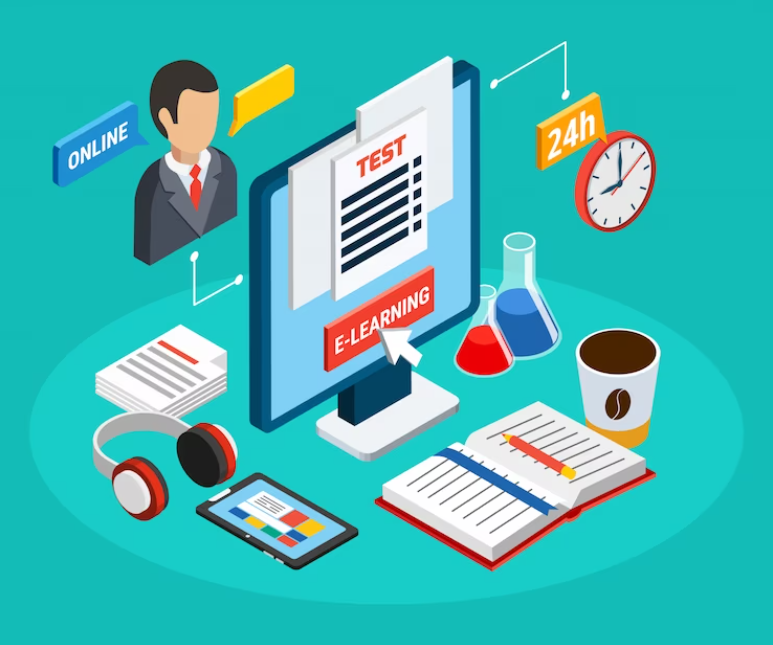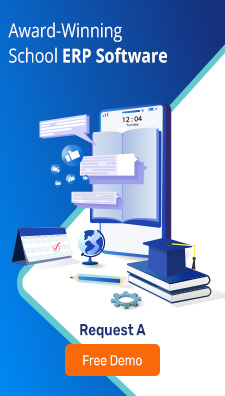
Just like every other educator out there, you need to develop a lesson plan to help you give a basic structure of the class or the live session you will deliver. Proper lesson planning begins with having some learning objectives, which can help you organize your instructional materials and prepare the best learning activities for your students. An online lesson planning solution for schools is a digital tool that allows teachers to manage their curriculum, create lesson plans, and track student progress. This can all be done in one central online location, making online lesson planners a great way to streamline your teaching workflow.
Elements of lesson planning:
Lesson plans come in all shapes, sizes, and subjects. But almost all effective ones include the following eight elements.
- The lesson objective describes what the teacher intends to explain to the students. It also touches on what the students should be able to learn or do by the end of the lesson.
- Introduction: This is where the teacher introduces the topic and provides context for the lesson.
- Materials: This includes any materials or resources the teacher will use during the class. It could include textbooks, handouts, visual aids, technology, or other tools.
- Procedure: This outlines the teacher’s steps to teach the lesson. It may include how the teacher will introduce the topic. And how the teacher will present the information. And how the students will practice and apply what they have learned.
- Assessment: This describes how the teacher will assess whether the students have achieved the lesson objective. It may involve quizzes, tests, or other forms of evaluation.
- Closure: This is where the teacher summarizes the key points and provides closure to the topic.
- Differentiation includes any accommodations or modifications the teacher will make for students with diverse learning needs.
- Homework or Extension Activities: This includes any additional work the students will complete after the lesson to reinforce and extend their learning.
Step 1: Set a Clear Objective for the Lesson
First, you will need to identify the lesson objectives. Ensure these are clear and follow a logical order that is easy to understand and helps students identify meaningful concepts and ideas.
A learning objective is what you want students to learn by the end of the class. It’s essential to communicate the importance of the lesson you are teaching, focusing on your learning objectives to encourage students to put in the time and effort required.
Step 2: Identify the needs of the students
Let students know what you expect from them; however, make sure you are prepared to help them along the way. Some students are different, and some might need more encouragement or help from you than others.
Make time for such interventions or check-ins in your lesson plan. Doing so will motivate them to go through the lesson, ask questions, follow your guidelines, and finally complete the assessments (e.g., any assignments you have prepared) with ease.
Step 3: Plan your teaching material
Most teachers may take this for granted, but creating a list of all the resources you will need can help you be more prepared.
From stationary like a pen or paper to technology equipment like laptops, software, or gamified learning tools like apps or any educational website, all these can help you get the most out of what you intend to do with your teaching.
Step 4: Present the outline of the lesson
Throughout the lesson, your goal is to keep students engaged. An outline can help them develop a context around the subject you teach, letting them know what is coming next and encouraging them to relate to the learning materials. Remember to draw relevant examples of events or develop creative activities that spark interest and attention.
Step 5: Instruct the lesson
It’s time to start teaching after you have come up with the material you want to instruct. As you go through the lesson plan, follow the order and present the resources you need, but also make sure to involve students in this process.
Step 6: Give students time to practice
Once you finish your instruction, it’s the student’s turn to take the lead. Ask them to show what they have learned through practice.
To help them out, start with a guided practice – allowing students to make sense of the information they have just received, then follow with the collaborative process – let students work in groups to explore main concepts and finish with independent practice – giving each student time to work on their own through an assignment (e.g., worksheet, an essay).
Step 7: Do a wrap-up
As the lesson ends, overview what has been discussed and what students have learned. Ask them to tell you the key takeaways of the lesson, identifying the main ideas and conclusions. Assign homework duties and give them a preview of the next task to prepare them.
Step 8: Evaluate the lesson
Once the lesson is over, determine whether the learning objectives have been met, and ensure that students understand what you taught through a small quiz, test, or exam. The results should give you enough insight into students’ understanding and will help you decide whether the class needs a review or not so that you are ready to move on to the next lesson.
Just like there are many lesson plans, there are also many ways to create them using a lesson planning solution for schools.
Whether you’re a new teacher, a seasoned educator, or an educational institution, an online lesson planner can help. It can empower you to plan lessons more efficiently and stay on top of your teaching game.
Try SFT Roll Call
Latest Posts
Categories
-
- alumni management system (1)
- Attendance Management System (5)
- best educational ERP software (5)
- college admission management software (1)
- ERP (5)
- Examination Management (6)
- Institute Management Software (1)
- lesson planning solution for school (5)
- Library Management System (6)
- school management software (9)
- school management system India (1)
- student management software (2)
- Uncategorized (2)













